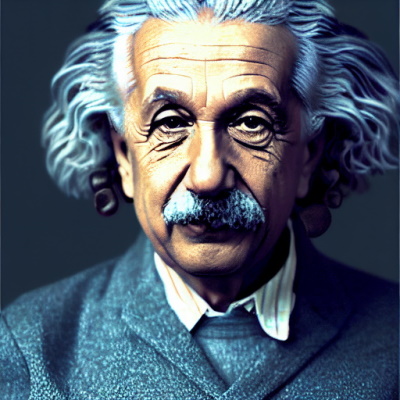Design
Creating an algorithm to automatically generate a title for an article.
 AskAI
AskAI
In order to automatically generate a title for an article, a machine learning algorithm must be designed. This algorithm will analyze the content of the article and generate a title based on the information contained within it.
Sum of Squares of Integers in an Array
 AskAI
AskAI
This problem asks you to design a function that takes in an array of integers and outputs the sum of the squares of the integers in the array.
Creating a Machine Learning Model to Classify Images of Cats and Dogs
 AskAI
AskAI
The goal is to create a machine learning model that can take in images of cats and dogs and accurately classify them as one or the other. The dataset consists of 100,000 labeled images, so the model will have plenty of data to learn from.
Designing a Plagiarism Detection System
 AskAI
AskAI
There are many ways to design a plagiarism detection system, but the most important part is to have a good database of known plagiarized material to compare new submissions against. Other important factors include the size of the submitted material and the level of similarity required for a match.
Question Generation System
 AskAI
AskAI
The goal is to design a system that can automatically generate new questions about a given topic, based on a set of training questions. This can be useful for testing or teaching purposes.
Predicting Customer Churn with Machine Learning
 AskAI
AskAI
The goal is to design a machine learning algorithm that can predict whether or not a customer will churn. The input data set will contain customer information such as account length, number of products, customer service calls, etc. The output of the algorithm should be a binary prediction (1 for churn, 0 for no churn).
Averaging Numbers
 AskAI
AskAI
This program will take in a list of numbers and output the average.
K-Nearest Neighbors Classifier
 AskAI
AskAI
A k-nearest neighbors classifier is a machine learning algorithm that can be used to classify data points into k categories. The algorithm works by taking a set of points in d-dimensional space and finding the k nearest neighbors to each point. The points are then classified into k categories based on the categories of their nearest neighbors.
